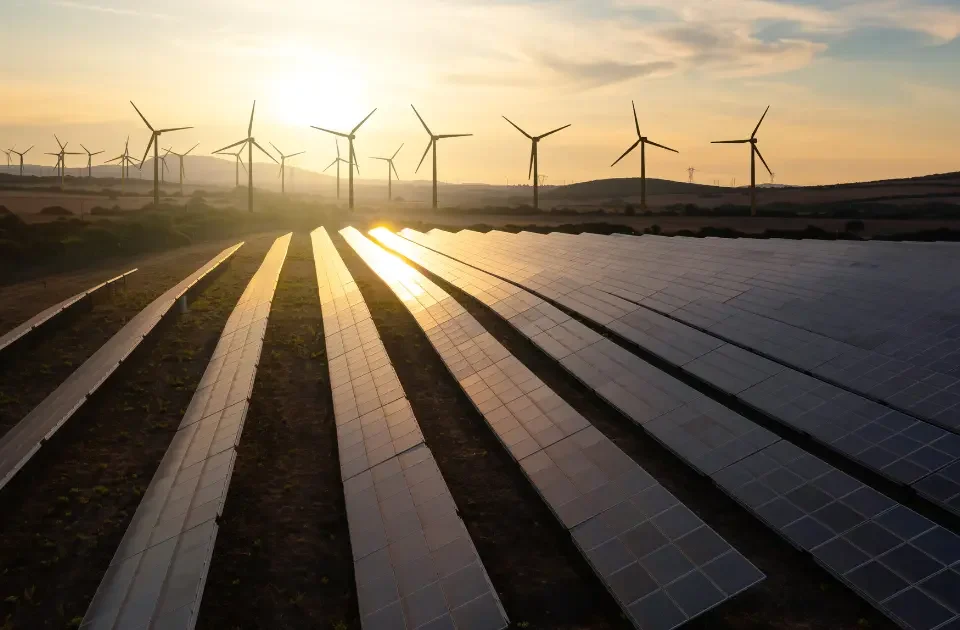10 Answers to your Questions about Wind Energy
The concept of using wind energy for generating electricity is capturing the global imagination! After all, the wind is everywhere and does not appear as if it will disappear anytime soon. Then again, it does not charge for its use. Regardless, there are other reasons for the rising popularity of wind power. We outline them below in the form of queries and replies.
1. We have always been using fossil fuels. Why are we switching over to wind energy now?
Fossil fuels refer to natural gas, petroleum and coal. They are the decomposed outcomes of living organisms. Naturally, it is not possible to replenish them after usage. Additionally, they cause air pollution by emitting Greenhouse Gases into the atmosphere.
In contrast, wind energy is renewable, clean and green. It does not contribute to carbon emissions, global warming or climate change. It ensures that the environment is safe. A 2014 survey conveyed, “Installed wind power in the U.S. avoids carbon dioxide of 127 million short tons a year in the U.S. – the equivalent of taking 20 million cars off the road.”
2. Is it safe to use wind power for domestic and commercial purposes?
Yes, indeed, wind energy is perfectly safe to use. Until date, wind turbines have not caused severe injuries or death anywhere in the world. Other forms of energy production, such as nuclear, coal, gas, etc., have caused accidents and fatalities to thousands of people across the globe.
3. How does a wind turbine work?
The structure of the wind turbine is very simple. A very tall tower lends support to three large-sized rotor blades and the unusually curved rotor blades resemble an aeroplane’s propellers. These blades connect to a central drive shaft at the back. In turn, the shaft links up to a generator inside the hollow tower.
Whenever the wind blows, the blades begin to rotate. In turn, the central drive shaft rotates, too, producing kinetic (moving) energy. The attached generator converts this energy into electrical energy. The generator has a cable stretching from it to a step-up transformer. Therefore, electric current flows to this transformer. The transformer passes it to a power grid/residential area/buildings.
4. Are wind turbines safe for birds and bats?
In general, surveyors take a close look at a location, existing flora, nesting habits of birds, etc., before actually setting up a wind farm or wind turbines. This applies to both offshore and onshore areas. Fortunately, animals are intelligent enough not to come too close to the turbines and even get used to them being there. Accidents are rare.
5. What are the factors that decide how much energy a wind turbine may supply?
Several factors come into play here. One of them is height, which does make a difference. For example, a turbine with a height of 180 m would supply more power than a 120 m turbine would. Similarly, rotor blades with bigger lengths yield more energy. Geographical location also matters, for some places are windier than others are.
Therefore, strong winds turn the turbine well, producing higher energy.
6. What is the life span of a wind turbine?
A modern wind turbine functions for 18-20 years. Additionally, barring the rotor blades, the rest of the parts are recyclable.
7. Why are wind turbines noisy?
When the wind prompts the rotor blades to rotate, they emit a swishing noise. This noise is characteristic but rather weak. Even the machinery within the turbine generates a similar swishing sound. Nonetheless, the Government sets some limits on these noises. Installers adhere to statutory orders, which apply to strong and weak winds.
8. What is shadow flicker, and does the Government set standards for it too?
When the rotating rotor blades obstruct the sun’s rays, they cause periodic variations in brightness levels. The effect is different at different locations. However, the Government has set some regulations for taking care of this aspect too.
9. Explain how ranchers, private landowners and farmers benefit from wind turbine farms.
For one thing, there are spaces between the wind turbines. These spaces prove useful for agriculture/farming. Then again, the generated energy suffices to take care of domestic needs too. Naturally, they save on electricity bills. Finally, they have the freedom to sell excess power to electrical companies’/power grids.
10. How does wind energy improve the economy of a country?
The energy sector provides all manner of blue-collar and white-collar jobs. These jobs relate to manufacturing, engineering, surveying, etc. Naturally, the national economy receives a big boost.



